Plate Processing Company
What Type of Reaction Occurs When Doing Oxy-Fuel Cutting
What Type of Reaction Occurs When Doing Oxy-Fuel Cutting
This question comes up when someone is trying to understand how oxy-fuel cutting works. The reaction happening during oxy-fuel cutting is a controlled type of burning that is different from what you might think. Understanding it helps you get better results with your cuts. In our oxy-fuel cutting Houston workshop, we see some people get confused about this all the time, so let us explain it in simple terms.

The Basic Chemical Reaction During Oxy-Fuel Cutting
When you're doing oxy-fuel cutting, you're creating a controlled fire inside the metal itself.
The iron in the steel combines with oxygen to create iron oxide (basically rust, but happening really fast).
The chemical formula is simple: 4Fe + 3O2 → 2Fe2O3
This is happening so fast and at such high temperatures that the iron oxide forms as a liquid and gets blown away by the oxygen stream.
The reaction creates a lot of heat - way more heat than the original flame alone. This extra heat is what makes the oxy-fuel cutting process work so well.
Why Oxy-Fuel Cutting Reaction Only Works with Certain Metals
The reaction we just described only works well with plain carbon steel and low-alloy steels. Why? Because iron easily combines with oxygen, and it does it at a temperature that's easy to reach with torches.
Other metals don't play along as nicely:
- Stainless steel has chromium that forms a protective layer
- Aluminum creates aluminum oxide that doesn't blow away easily
- Cast iron has too much carbon and creates problems
- Non-ferrous metals like copper don't oxidize the right way
This is why oxy fuel cutting Houston shops mostly work with regular steel - it's the material that gives us the best reaction.
The Two-Step Process of Oxy-Fuel Cutting
During oxy-fuel cutting, there are two main steps:
First, the preheat flames heat the metal up to what we call the "ignition temperature" - around 1800°F for steel. This is hot enough that the iron starts combining with oxygen.
Second, once we hit that temperature, we blast pure oxygen onto the heated spot. That's when the iron burns so fast and hot that it melts the metal and creates the cutting action.
The Role of Heat in the Oxy-Fuel Cutting Reaction
The heat from the actual burning reaction produces way more energy than the preheat flames alone. When iron oxidizes this quickly, it releases about 4,000 BTUs per pound of iron. That's a huge amount of energy, and it's what makes the cutting so efficient. The preheat flames just get things started - the oxidation reaction does most of the heavy lifting.
This is why oxy fuel cutting works so well on thick materials. The thicker the steel, the more iron there is to burn, which means more heat to keep the reaction going.
What Makes a Good Cut vs. a Bad Cut for Oxy Fuel Cutting
Understanding the reaction during oxy fuel cutting helps explain why some cuts turn out great and others don't. For the reaction to work properly, you need:
- The right preheat temperature (not too hot, not too cold)
- Pure oxygen at the right pressure
- The right cutting speed
- Clean metal surface
If any of these are off, the reaction doesn't happen cleanly. You might get slag that doesn't blow out, rough edges, or cuts that don't go all the way through.
Temperature Control and the Reaction of Oxy Fuel Cutting
The reaction is self-sustaining once it gets going, but you have to maintain the right conditions. Too much preheat and you melt the metal instead of cutting it cleanly. Too little preheat and the reaction stops.
This is why experienced oxy fuel cutting machine operators can tell just by looking at the sparks and slag whether their settings are right. The reaction creates very specific visual cues when it's working properly.
Oxy Fuel Cutting Safety Considerations with This Reaction
Since we're dealing with a burning reaction that creates molten metal, safety is huge. The reaction produces:
- Extremely hot molten slag
- Bright light that can damage your eyes
- Fumes from the oxidation process
- Sparks that can travel quite a distance
Always wear proper safety gear and make sure your work area is clear of flammable materials.
Why Oxy Fuel Cutting Process Is Still Popular
Even with all the new cutting technologies available, oxy-fuel cutting remains popular because the oxidation reaction is so efficient for thick steel. The reaction essentially provides its own energy once it gets started, making it very cost-effective for heavy materials.
In our oxy fuel cutting Houston operations, we still use this process daily because it's reliable, economical, and the chemical reaction gives us the power to cut through really thick steel that other methods struggle with.


